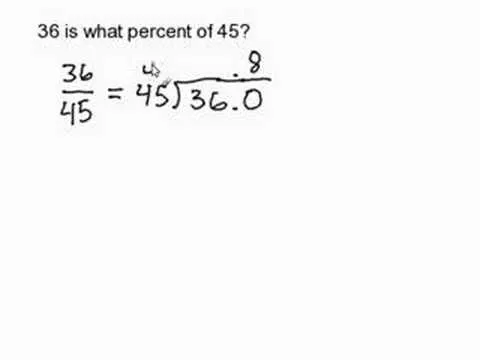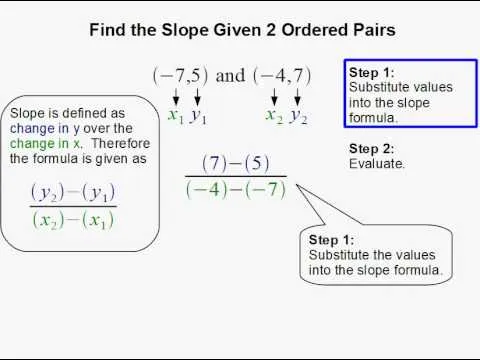In this educational video the instructor shows how to find the slant asymptotes of rational functions. Slant or oblique asymptotes occur when the degree of the numerator is exactly one greater than the degree of the denominator of the rational function. The way to find the equation of the slant asymptote from the function is through long division. In this long division you divide the numerator with the denominator by following the long division method as shown in this video. Before dividing it, if there are any missing terms in the numerator write the missing variable with zero as its numerical coefficient. Now after long division you will get a quotient and a remainder. Now the function can be written as the sum of the quotient and fraction whose numerator is the remainder and the denominator is the divisor. Now for very large values of x the fractional form reduces to zero and you are left with the simple term which is the slant asymptote. This video shows how to find the slant asymptotes of rational functions.
Apple's iOS 26 and iPadOS 26 updates are packed with new features, and you can try them before almost everyone else. First, check Gadget Hacks' list of supported iPhone and iPad models, then follow the step-by-step guide to install the iOS/iPadOS 26 beta — no paid developer account required.
























Comments
Be the first, drop a comment!